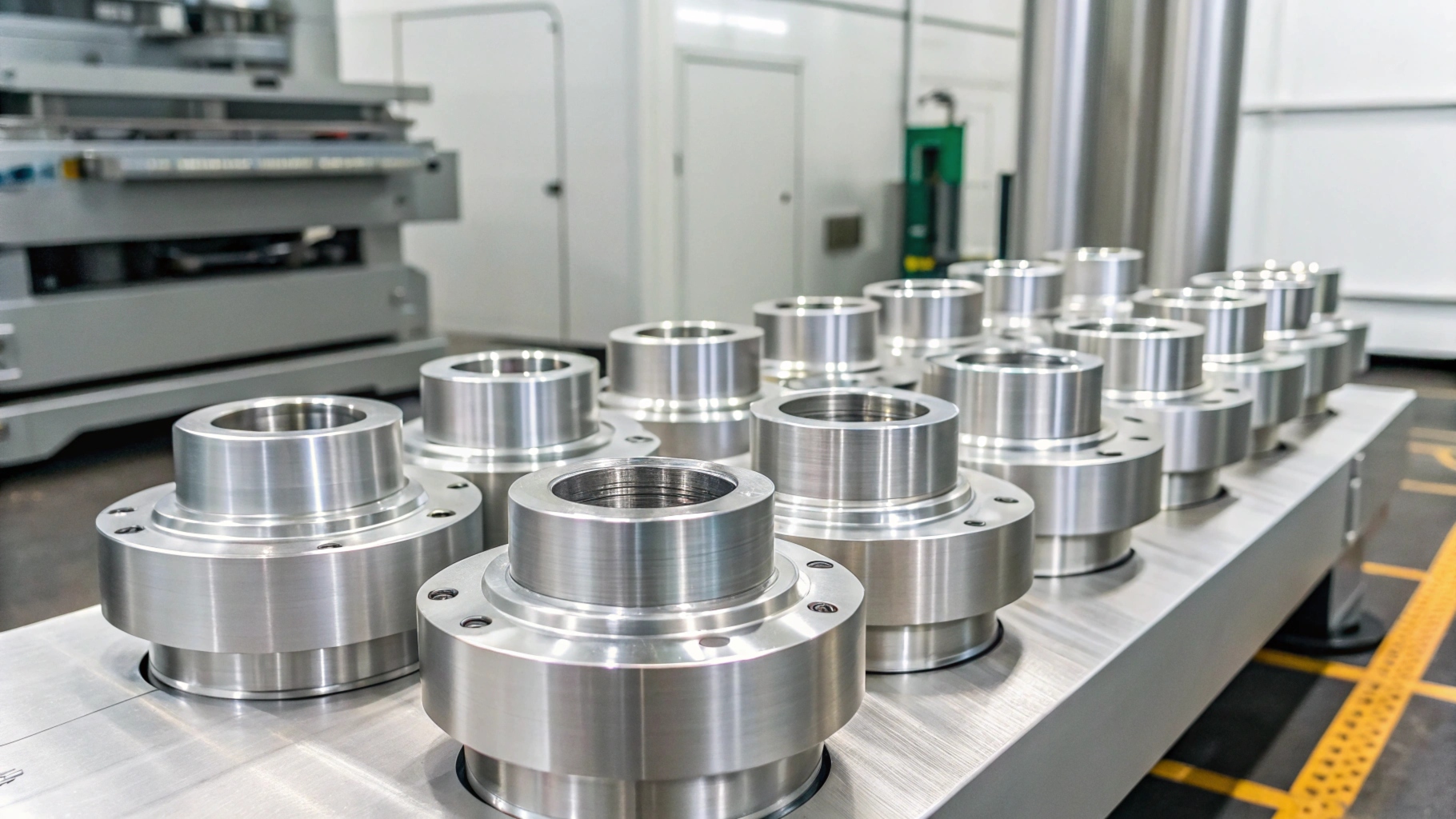
Aluminum offers unmatched versatility for CNC machining, but why is it a preferred material? Let’s explore its advantages and applications.
Aluminum is lightweight, durable, and cost-effective, making it an ideal choice for CNC machining.
Keep reading to discover why aluminum stands out and how it fits into diverse machining needs.
Why is aluminum good for machining?
Aluminum is favored in CNC machining for its unique properties. But what makes it such a good fit?
Aluminum is lightweight, corrosion-resistant, and easy to work with, providing excellent machinability and durability.
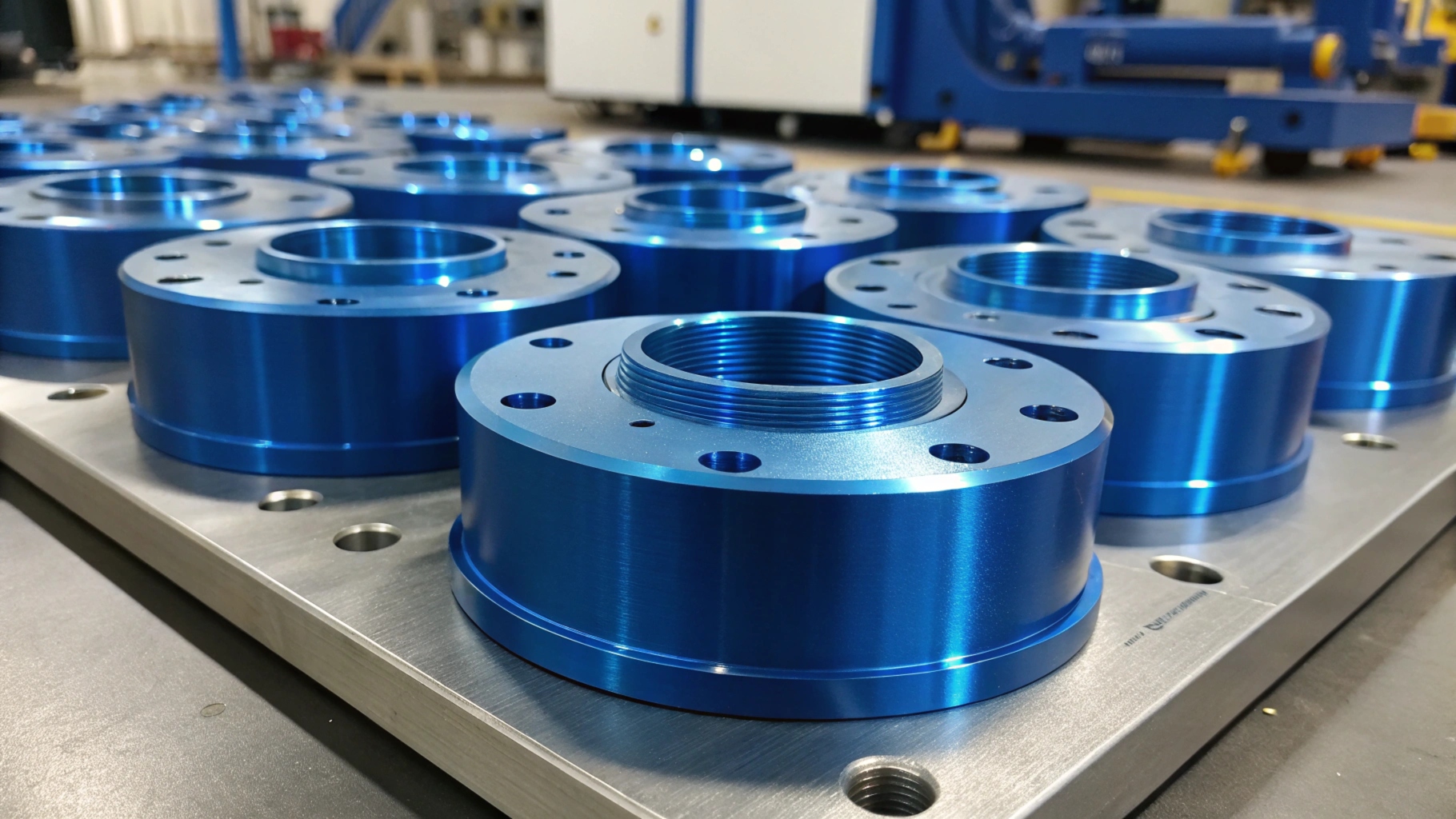
Aluminum’s suitability for CNC machining comes from its key material properties:
Key Properties of Aluminum
- Lightweight: Aluminum weighs approximately one-third of steel, reducing energy costs and simplifying handling.
- Corrosion Resistance 1: Natural oxide layers protect it from environmental damage.
- Thermal Conductivity 2: Aluminum efficiently dissipates heat, crucial for applications requiring temperature management.
- Strength-to-Weight Ratio: It offers robust strength without adding unnecessary weight.
Dive Deeper: Comparing Machinability
To understand why aluminum is good for machining, consider how it compares to other materials:
| Material | Density (g/cm³) | Corrosion Resistance | Thermal Conductivity (W/m·K) |
|---|---|---|---|
| Aluminum | 2.7 | Excellent | 205 |
| Steel | 7.8 | Moderate | 50 |
| Titanium | 4.5 | Excellent | 21 |
These properties make aluminum highly adaptable for CNC machining across industries.
Why is aluminum easier to machine than steel?
Aluminum’s machinability sets it apart, but why is it easier to work with compared to steel?
Aluminum’s low hardness and excellent chip formation enable faster machining with less tool wear than steel.
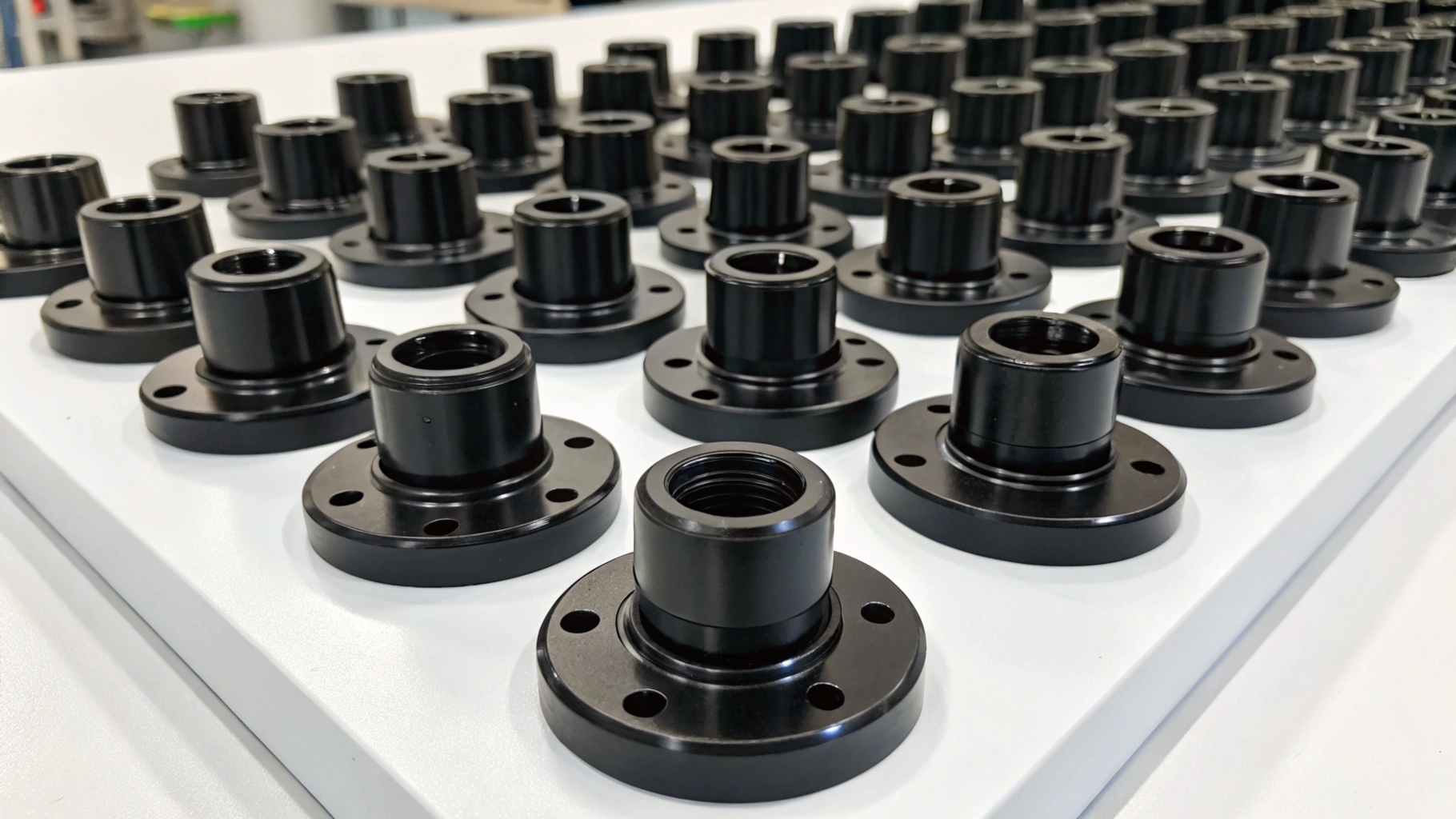
Factors That Make Aluminum Easier to Machine
- Lower Hardness: Aluminum is softer than steel, reducing cutting forces.
- Chip Formation 3: It produces smaller, manageable chips during machining, minimizing tool clogging.
- Tool Longevity: Aluminum’s low abrasiveness extends tool life.
- Machining Speed: Higher cutting speeds can be used without sacrificing precision.
Dive Deeper: Productivity Gains
Using aluminum in CNC machining can significantly improve productivity. For example:
| Aspect | Aluminum | Steel |
|---|---|---|
| Cutting Speed (m/min) | Up to 600 | Up to 150 |
| Tool Life | Long | Shorter due to wear |
| Cooling Requirements | Moderate | High |
These factors translate to lower production costs and faster turnaround times.
What is the standard aluminum for machining?
Choosing the right aluminum grade is critical for successful CNC machining. Which grades are most suitable?
The most common aluminum grades for machining are 6061, 7075, and 2024, each offering unique properties.
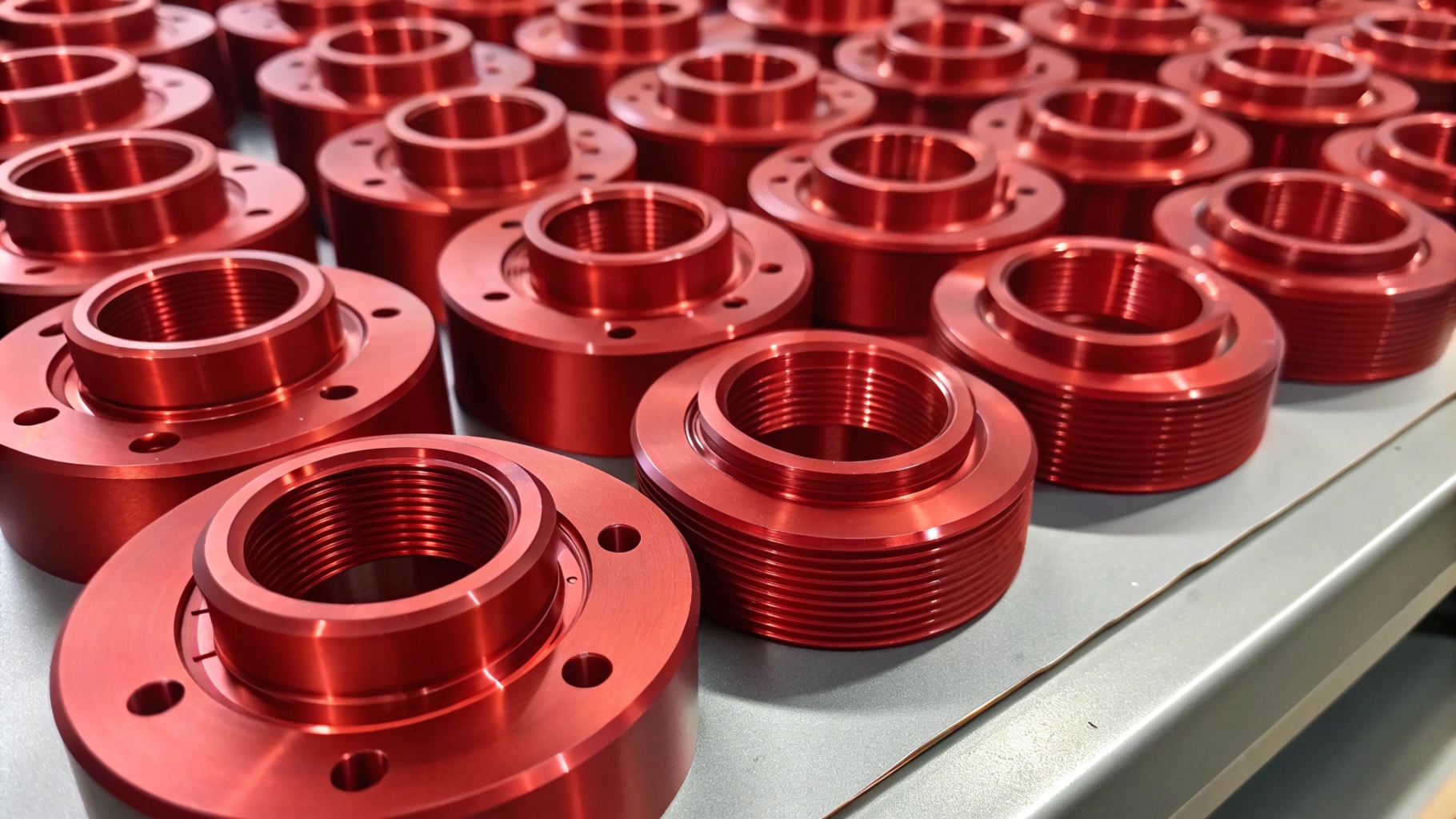
Common Aluminum Grades for CNC Machining
- 6061 Aluminum: Known for its excellent machinability, strength, and corrosion resistance. It’s widely used in structural and aerospace applications.
- 7075 Aluminum: High strength and hardness make it suitable for demanding applications like automotive and aerospace components.
- 2024 Aluminum: Offers superior fatigue resistance, making it ideal for aerospace applications.
Dive Deeper: Grade Comparisons
Let’s compare these grades to understand their specific use cases:
| Grade | Strength | Corrosion Resistance | Cost | Common Applications |
|---|---|---|---|---|
| 6061 | Medium | Excellent | Moderate | Structural components |
| 7075 | High | Moderate | High | Aerospace, automotive |
| 2024 4 | High | Low | Moderate | Aerospace, military |
Selecting the right grade ensures optimal performance and cost-effectiveness.
Common Applications of Aluminum CNC Machined Parts
Aluminum CNC machined parts serve numerous industries, but where do they excel?
Aluminum CNC machined parts are used in aerospace, automotive, electronics, and medical industries due to their versatility and strength.
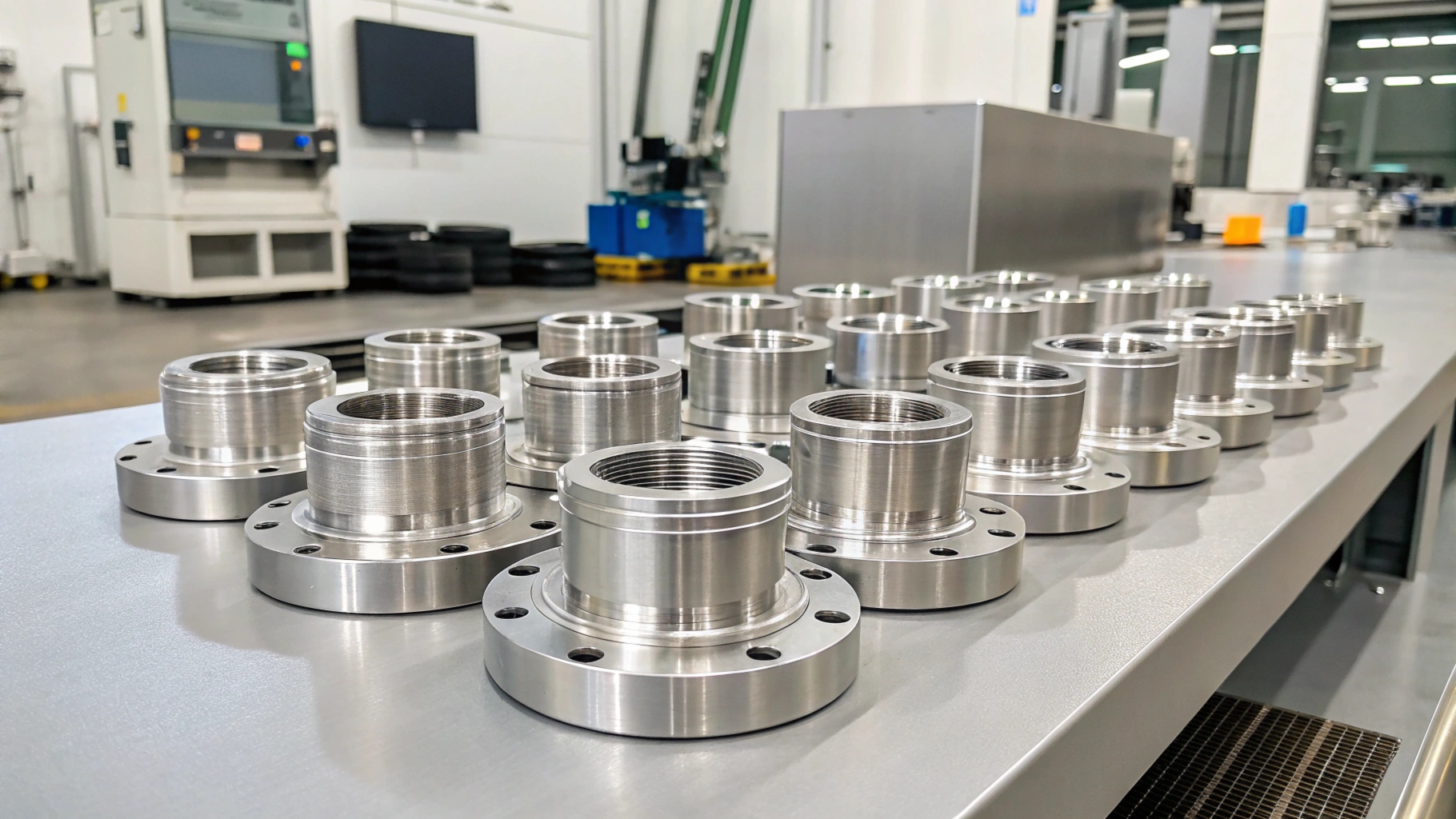
Applications Across Industries
- Aerospace: Lightweight components like brackets, housings, and frames reduce aircraft weight while maintaining strength.
- Automotive: Engine parts, heat exchangers, and structural components benefit from aluminum’s durability and thermal properties.
- Electronics: Aluminum heat sinks and casings efficiently dissipate heat.
- Medical: Precision-machined parts, like surgical instruments and device enclosures, leverage aluminum’s biocompatibility.
Dive Deeper: Emerging Uses
The growing adoption of aluminum in renewable energy and robotics underscores its versatility:
- Renewable Energy: Aluminum is used for solar panel frames and wind turbine components.
- Robotics: Lightweight and strong, aluminum is ideal for robotic arms and structural parts.
Benefits in Key Industries
Here’s how aluminum CNC machining meets industry-specific needs:
| Industry | Key Requirements | Aluminum's Contribution |
|---|---|---|
| Aerospace 5 | Lightweight, strong | Reduces weight, ensures safety |
| Automotive 6 | Durable, heat-resistant | Enhances performance and reliability |
| Electronics | Heat dissipation | Improves efficiency and lifespan |
| Medical | Precision, biocompatible | Ensures safety and reliability |
These applications highlight aluminum’s critical role in modern manufacturing.
Conclusion
Aluminum’s lightweight, machinability, and versatility make it a top choice for CNC machining. Its role in industries like aerospace, automotive, and electronics underscores its unmatched potential. Choosing the right aluminum grade unlocks efficiency and performance for your projects.
-
Describes the natural oxide layer that protects aluminum from environmental damage. ↩
-
Explains aluminum's ability to dissipate heat, which is crucial for temperature-sensitive applications. ↩
-
Describes different materials and their chip formation. ↩
-
Explains the Advantages of Working With Aluminum 2024 ↩
-
Explains how aluminum's lightweight and strong properties make it ideal for aerospace applications. ↩
-
Explains why aluminium is the ideal material for automotive parts. ↩

